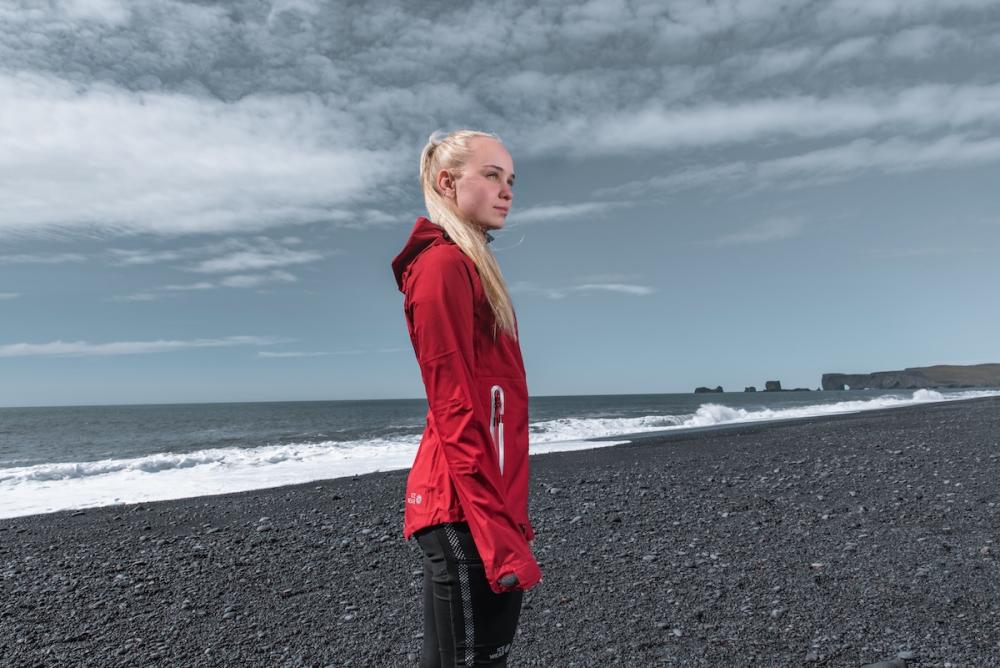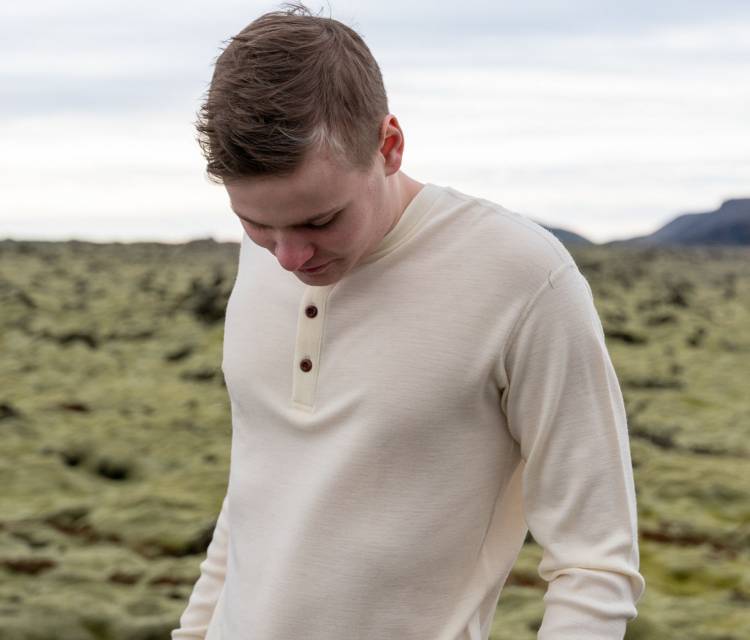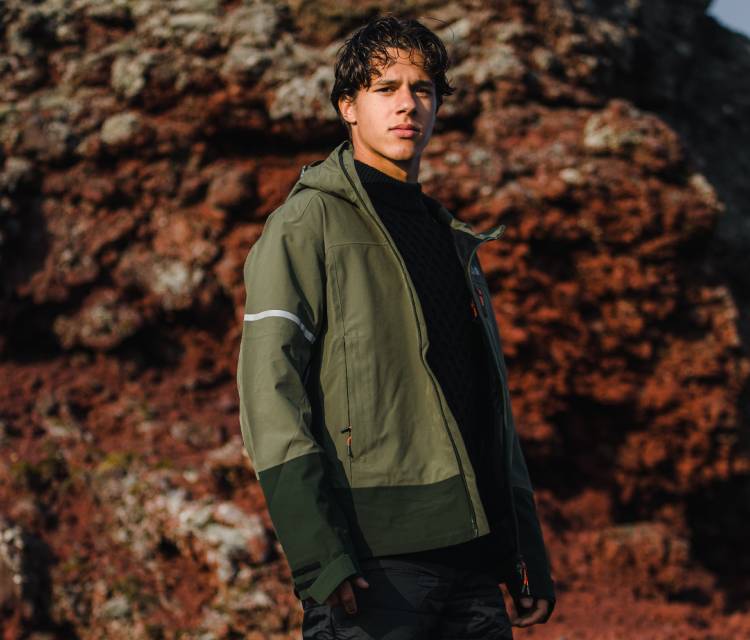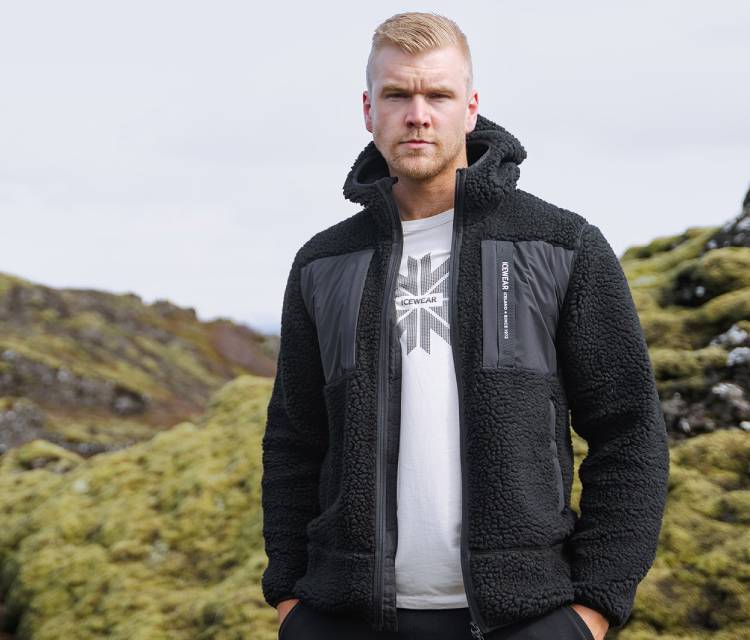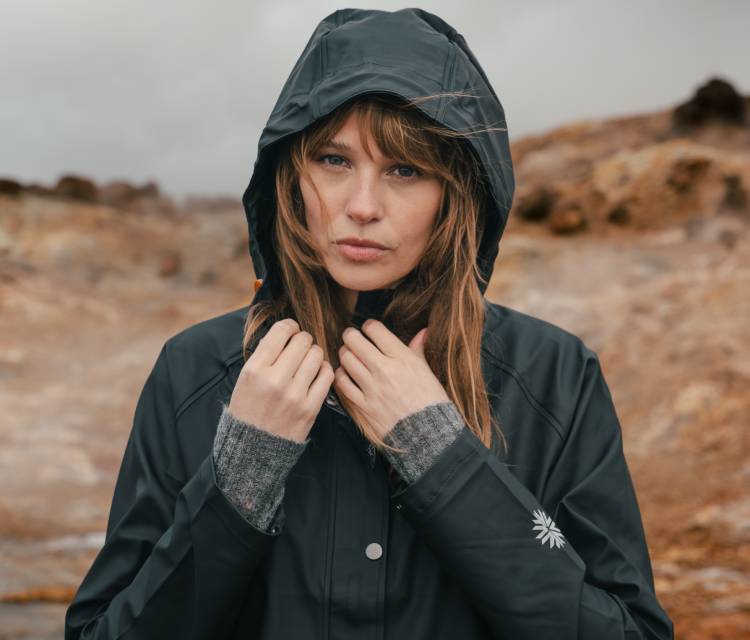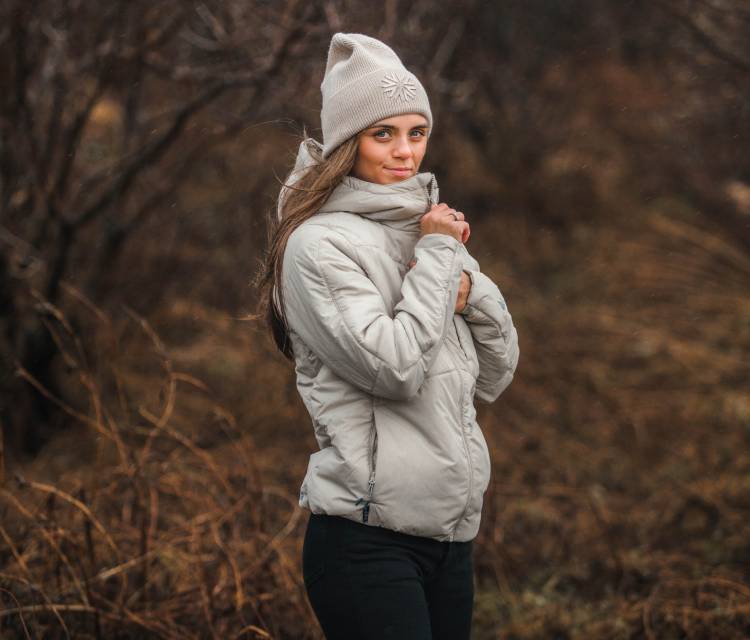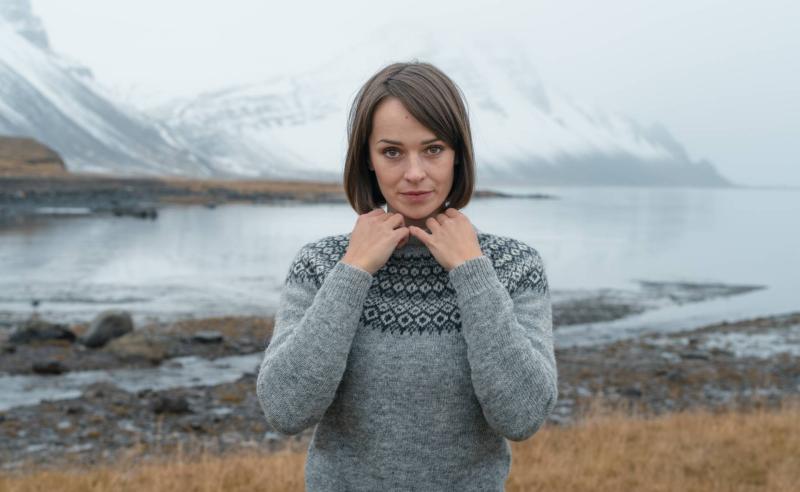Contents:
- Introduction
- Weather in Iceland
- Clothing for Iceland
- Weather in Reykjavik Iceland
- Can you see the Northern Lights in Iceland
- Facts about Iceland the Land of Fire and Ice
- Icelandic Elf, Trolls, The Sagas, Myths and Ghosts
- Food of Iceland
- Animals in Iceland
- Iceland Puffins & Bird Life
- Marine Life Around Iceland
- The Best Time to Visit Iceland
- Conclusion
Introduction
There is much more to Iceland than volcanoes, its famous Iceland sheep and being the best place to view the Northern Lights. Iceland weather frequently changes, the Iceland climate is not constantly frozen as many people believe. Furthermore, the weather is different in the Iceland capital city of Reykjavik when compared to less populated and countryside locations.
Before travelling to Iceland, you will want to know the best time and place to view the Northern Lights in Iceland and glean some useful and interesting facts about Iceland, things like the Iceland flag, the Iceland time zone, currency and what language is spoken in Iceland. Discover a little about Icelandic folklore. Learn how good Icelandic food is, about some of the Icelandic wild animals, puffins, bird and marine life. Decide what you want to do during Iceland short breaks or longer holidays and crucially know how to dress for adventures in Iceland. Read on to discover more.
Weather in Iceland
Iceland is an island of extremes and that definitely includes the weather because the weather in Iceland frequently changes several times a day. A lot of people believe that Iceland is constantly frozen, but that is not the case. At times the Iceland weather is considerably milder than people expect. Warm air travels up and flows along the south and west of Iceland from the Caribbean on the Gulf Stream. This warm air mixes with the cold air coming from the Arctic in the north creating weather changes and storms that are part of Icelandic weather. The weather in Iceland is seasonal (in the old days only two seasons), and includes natural occurrences such as the midnight sun in high summer and the Northern Lights in the winter.
Clothing for Iceland
The right clothing is crucial to get the best out of visiting Iceland. When travelling from London to Iceland your thoughts are going to turn to choosing clothing for Iceland. If you’re from the UK you will know the Cornish saying that “if you don’t like the weather in Cornwall, just wait 15 minutes it will change!” The weather in Iceland is the same, constantly changing and they have a similar saying! When selecting and buying clothes for Iceland layering is key to keeping warm and comfortable and Icelandic wool is the warmest option, Merino the softest for next to the skin and there are many layering options.
Weather in Reykjavik Iceland
Located on the south coast of Iceland, around 50% of the population live in or around the capital city, Reykjavik. Due to the urban nature and being on the south coast Reykavik typically enjoys warmer temperatures than other parts of Iceland. Many people ask about the weather in Reykjavik, Iceland and typically, Reykavik’s weather varies between -10C and +10C during the winter and 7C and 25C during the summer. The north of Iceland weather is a few degrees colder.
Can You See the Northern Lights in Iceland
Due to being located so close to the north pole Iceland is the perfect place to experience the Northern Lights (aurora borealis). The best time to visit Iceland for Northern Lights is close to the winter solstice on 21st December. You stand a good chance of seeing them anytime between September and April. Many visitors take a Northern Lights tour, but you can also look out for the phenomenon wherever you are staying. The Northern Lights are visible from anywhere in Iceland, but if you want to travel more and opt for famous, stunning, natural locations you can explore Asbyrgi canyon, Kirkjufell mountain, Thingvellir National Park or the Jokulsarlon glacier lagoon in the south to hunt for the Northern Lights. Alternatively, the Westfjords and North Iceland tend to have less cloud cover as well as longer hours of darkness, but don’t expect Iceland’s second largest city Akureyri to be a likely place due to the light pollution.
Facts about Iceland the Land of Fire and Ice
- Iceland Population
- Iceland Flag
- Iceland Time Zone
- Currency
- What language do they speak in Iceland
In February 2024 the recorded population of Iceland was 376,775 with 87.8% living in urban areas, made up mainly of Reykavik 118,918, Kopavogur 31,719, Hafnarfjordur 26,808 and Akureyri 17,693. (worldometers).
The distinctive Iceland flag is sky blue with a snow white cross overlayed with a fiery red cross inside the white cross. The colours of the flag signify the land of fire and ice surrounded by the sea.
Visiting Iceland from the UK is simplified regarding time, Iceland observes GMT all year round. So, if planning a trip from London to Iceland you only have to consider whether the UK is also observing GMT or British Summer time, in which case Iceland will be an hour behind London.
The official currency of Iceland is the króna and Iceland is one of the smallest countries to retain its own currency system.
As well as its own currency, Iceland also enjoys its own language. Icelandic is a North Germanic language that is closely related to Faroese and western Norwegian dialects, but Icelandic retains Old Norse features. Icelandic is a west Scandinavian language spoken as a first language by around 330,000 people.
Something that Icelanders take for granted but that is interesting about the language of Iceland for outsiders is the naming system used in Iceland. Historically the Icelandic system is patronymic, and for example a son born to someone called Jon may be given the first name Olafur. So, Jon’s son Olafur is called Olafur Jonsson. If Jon also has a daughter, she might be called Harpa and her last name would also carry her father’s first name Jon but is suffixed by dottir to make Harpa Jonsdottir. Thus, boys last names are the father’s first name and the suffix “son”, girls last names are the father’s first name suffixed with dottir. However, these days it is also acceptable for children to be named after the matrilineal line.
Old Norse is an ancient language that is known to have been the Scandinavian language of Vikings as long ago as the 9th century, the Icelandic spoken today is derived from Old Norse. This is relevant because the famous Icelandic Sagas are written in Old Norse, the originator of modern Scandinavian languages including Danish, Faroese, Norwegian, Swedish and of course Icelandic.
Icelandic Elf, Trolls, The Sagas, Myths and Ghosts
The Sagas are a collection of poems, prose, legends, mythology and stories written in Old Norse commonly from C. 900-1050. Due to modern Icelandic following the same grammar, syntax and vocabulary Icelanders read the sagas with minimal difficulty and can appreciate and enjoy the authentic ancient language.
Stories about Trolls and Elves are a big part of the Icelandic storytelling tradition, they play an important part in Icelandic folklore. In fact, a trip to Iceland would be incomplete without some exploration around Elves and Trolls.
Imagine the stories being passed down through the generations during the long dark winter months inspired by the dramatic landscapes, Northern Lights and many unexplained occurrences.
There are Troll parks in various locations including a Troll Garden at Fossatún, the Troll’s pass Tröllaskarð in North Iceland and many others.
Elves are known as the hidden people and are perceived as guardians of the land. Sometimes, developments are stopped after strange happenings such as machinery that mysteriously stops working or workers suffering unexplained injury. Icelanders believe that these occurrences are the Elves making their wishes known that a particular place should not be disturbed. Icelanders have a lot of respect for Elves or Huldufólk as they are also known and small homes made by kind Icelanders can be seen all over Iceland. Popular places to view Elf houses include Hafnarfjörður, Álfaborg and the beautiful lake at Kleifarvatn.
Food of Iceland
Iceland foods are very healthy, and you can expect high standards of cuisine when visiting Iceland. Iceland foods include fresh fish, free range lamb and Skyr.
Iceland's national dish is Hákarl, a fermented shark dish fermented for between 5 and 6 months. Cod plays an important role in the marine ecosystem of Iceland and many delicious recipes are based on cod. Dried fish Harðfiskur is a favourite Icelandic dish, often eaten as a tasty snack. Harðfiskur is highly nutritious and often cod, haddock or wolffish, drying fish is a traditional Icelandic way of preserving fish. Shellfish includes delicious lobster and langoustines, usually caught in the south coast waters. It is well known that the fish from the cold Atlantic waters around Iceland is the best in the world. So, it´s little wonder that fish plays such an important role in Iceland’s cuisine.
Icelandic lamb from the wild, free range Icelandic sheep is delicious. Different areas offer their own regional lamb dishes.
Iceland bread includes traditional rúgbrauð a delicious dark rye crustless bread that is perfect with plenty of butter and fresh local salmon.
The distinctive popular breakfast food Skyr is high protein, low fat and made from curdled milk. Skyr is similar to yogurt and well known for its health benefits.
Animals in Iceland
As well as the famous sheep whose unique wool makes the warmest knitwear that includes traditional Icelandic jumpers, Iceland has a wonderful variety of wildlife and domestic animals including the beautiful colourful puffins, artic foxes and reindeer.
Artic foxes are Iceland’s longest resident mammal, Iceland’s highly adaptable Artic foxes are two colours, white and blue, the white fox’s coat is white in winter and brown during the summer offering perfect camouflage throughout the year. The blue fox does not change coat colour although the sun lightens the colour before the winter, so they appear to be a lighter colour at the end of the summer and in the winter before they moult. Reindeer can often be spotted roaming in the east of Iceland.
Iceland Puffins & Bird Life
During the spring and summer approximately 60% (8-10 million) of the global population of Puffins nest in Iceland. Spot them on the coast’s craggy rocks and cliff faces or for a comical sight, enjoy watching them as they fly in with fish in their beaks. With their rotund black and white bodies, orange legs and feet and colourful beaks Puffins are always a joy to watch.
You can see a lot of other seabirds in Iceland including Artic Terns, Cormorants, Guillemots, Gannets, Kittiwakes, Oystercatchers, Razorbills and Seagulls. Land birds include the Golden Plover and the national bird of Iceland the Gyrfalcon.
Marine Life Around Iceland
Whale watching is a popular reason to visit Iceland and many people enjoy Iceland short breaks to see how many species of whale they spot. The five whale species you are most likely to see are:
- Minke
- Humpback
- Bowhead
- Sperm
- Beluga
- Blue
The Best Time to Visit Iceland
If visiting the west, the best time to visit Iceland is late in the Icelandic winter to enjoy the Northern Lights and to combine the visit with the best chance of spotting Orca also called Killer Whales although from the Dolphin family. For whale spotting in general, late summer is the best time to visit Iceland for a whale watching trip, and the best place is the Snaefellsnes Peninsula where they can often be viewed searching for herring. Or take a boat trip from the peninsula spot whales from the water. You might also see some porpoise, seals and dolphins around the Iceland coast.
Conclusion
The Icewear team are experts in layering for the Iceland climate, so whenever you are vising, and want to know about Iceland weather by month, whenever you decide to make the journey, Icewear is happy to help you find the right clothes. Iceland is truly a wildlife paradise worthwhile exploring for the outdoor adventurer as the city hopper alike.

